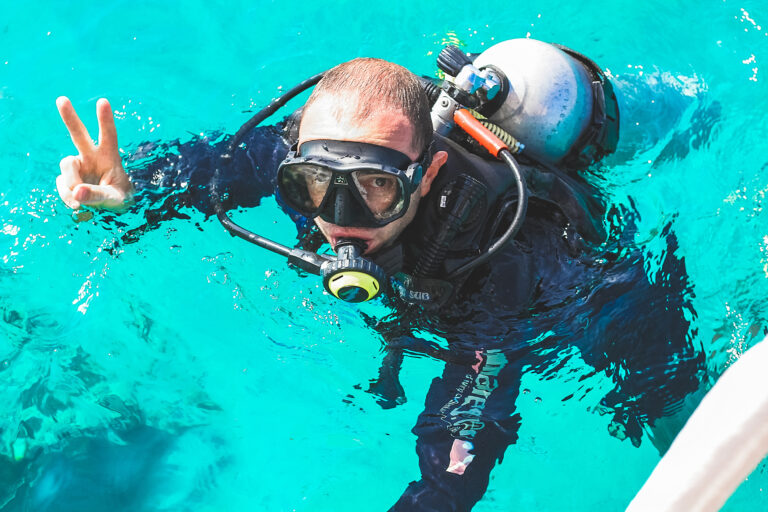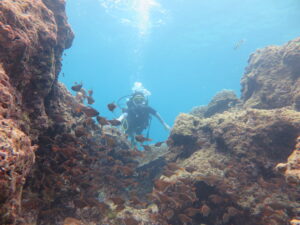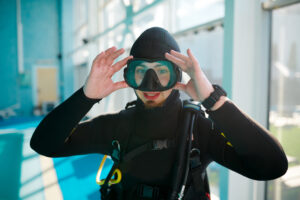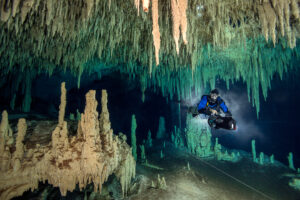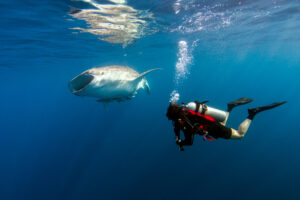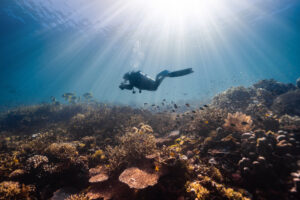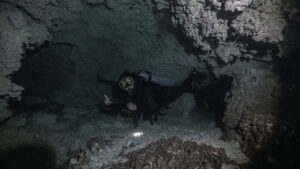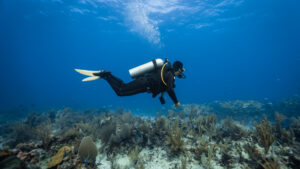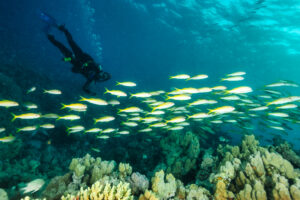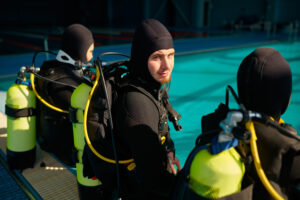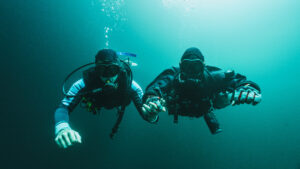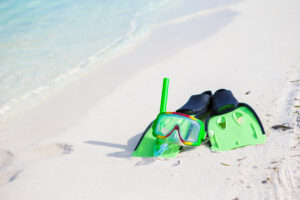What is a Y-Valve?
Y-valves, also known as dual orifice valves, are an essential piece of equipment for scuba diving enthusiasts and professionals alike. These specialized valves allow divers to connect two regulators to a single cylinder, providing an increased level of safety and convenience. In this encyclopedia entry, we will explore the function and design of Y-valves, as well as discuss their benefits and potential drawbacks.
History and Development
The concept of a dual orifice valve can be traced back to the early days of scuba diving, when divers were seeking ways to increase the safety and reliability of their equipment. The invention of the Y-valve provided a solution, as it allowed for the connection of two regulators to a single tank, enabling a backup air source in case of regulator failure.
Design and Function
Y-valves consist of a central body with two outlets, each connected to a regulator. The central body is designed to be connected to a scuba cylinder, while the outlets are designed to accommodate standard regulator connections. The valve is controlled by a single knob, which regulates the flow of gas from the cylinder to the connected regulators.
The Y-valve operates by dividing the flow of gas from the scuba cylinder into two separate streams, one for each connected regulator. This allows the diver to breathe from either regulator, ensuring that they always have a backup air supply in case of primary regulator failure. In addition, Y-valves are typically designed with built-in safety features, such as over-pressure relief valves and anti-freeze protection, to further enhance diver safety.
Benefits
Redundancy
The most significant benefit of Y-valves is the redundancy they provide. By connecting two regulators to a single cylinder, divers have a backup air source in case of primary regulator failure, reducing the risk of running out of air underwater.
Convenience
Y-valves offer divers the convenience of not having to carry an additional cylinder as a backup air supply. This can particularly benefit technical divers, who often require multiple gas mixtures during their dives.
Streamlining
Using a Y-valve can help streamline a diver’s equipment setup, as it eliminates the need for an additional first stage regulator and hose. This can reduce drag and improve overall diving efficiency.
Gas Management
With a Y-valve, divers can easily switch between regulators to balance gas consumption, ensuring that their air supply lasts for the duration of the dive.
Potential Drawbacks
Weight and Buoyancy
Y-valves can add additional weight to a diver’s equipment setup, which may require adjustments to their buoyancy control system.
Cost
The purchase of a Y-valve and an additional second stage regulator may represent a significant financial investment for some divers.
Complexity
Y-valves can add complexity to a diver’s equipment setup, which may increase the risk of equipment failure or malfunction.
Suitability
Some diving situations may not warrant the use of a Y-valve, such as shallow recreational dives where the risk of regulator failure is minimal.
Maintenance and Care
Proper care and maintenance of Y-valves are essential to ensure their continued performance and reliability. This includes regular inspection for damage, cleaning and lubrication of moving parts, and servicing by a qualified technician. In addition, divers should always follow the manufacturer’s guidelines for the use and care of their Y-valve.
Key Takeaways
Y-valves offer divers a valuable safety feature by providing redundancy in their air supply system. Their design allows for the connection of two regulators to a single cylinder, ensuring a backup air source in case of primary regulator failure. While there are potential drawbacks to consider, such as added weight and complexity, the benefits of using a Y-valve often outweigh these concerns, making them an essential piece of equipment for many divers. By understanding the function, benefits, and potential drawbacks of Y-valves, divers can make informed decisions about whether to incorporate this technology into their diving setup. Ultimately, the use of a Y-valve can greatly enhance a diver’s safety and convenience, allowing them to focus on enjoying the underwater environment and exploring the depths with confidence.

